Spotting Manta Rays in Komodo is just one reason to go Scuba Diving in Komodo National Park. As we went looking for Manta Rays in the best dive locations in Komodo, you will never expect what happened next…
If you have dived into Komodo before, then the name Karang Makassar or Manta Drift would be a stand out from your scuba diving trip. Explosive manta displays a plenty characterized in Komodo. One of our liveaboard charters group was even lucky enough to witness a Manta mating trail chain in action here. Another great highlight was the black color morph Mantas that can be found at this site.
So why so many Mantas? As well as the breeding, this is a prime spot for Manta feeding. This area has a combination of strong currents and upwelling in the water column. The colder, deeper water, is rich with nutrients which feeds the base of the food chain. When this comes up to divers levels it brings an increase in the plankton, small fish and crustaceans that are a smorgasbord for the Mantas. The Manta Rays move around the north and the south of Komodo, migrating to areas where the currents and upwelling provide the best feed.
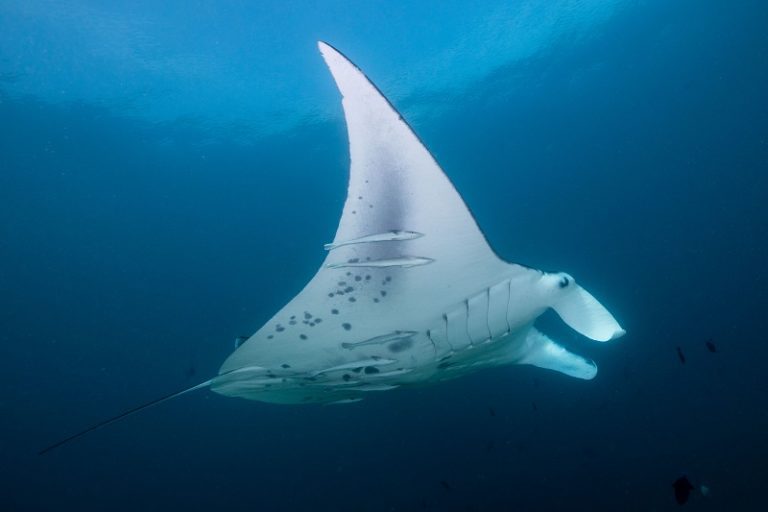
An Increase in Number
Another reason that is speculated to have caused an increase in the Manta numbers is a change in Indonesian legislation to protect Mantas, introduced in 2014. The increased numbers, could be a direct result of the Manta fishing and export ban. It’s early days, and research data is required to confirm anything, but we have our fingers crossed that this is a good sign of things to come. Stay tuned, our next blog will look into this in more depth.
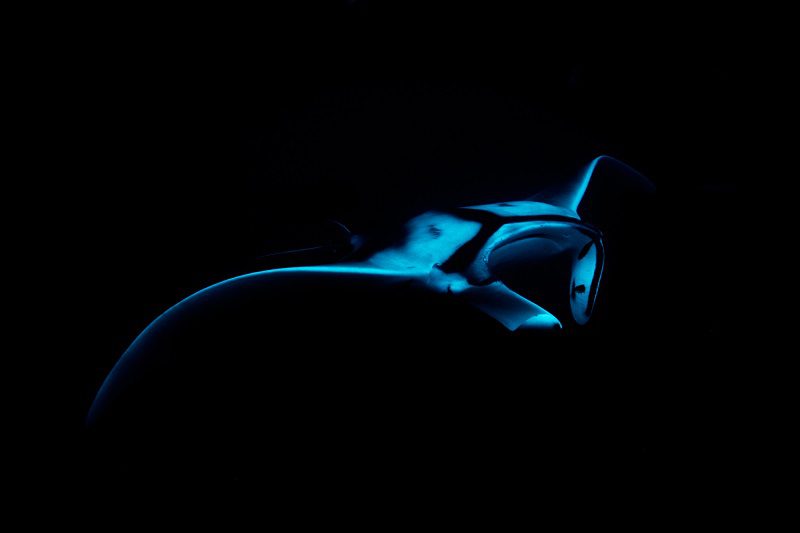
If you’d like to be as lucky as our guests, and have the chance to witness a Manta mating trail chain, or get that rare photo of a black color morph variation, you can book onto a Komodo liveaboard diving trip now. La Galigo liveaboard is now taking bookings for new Komodo dive season, and we have a feeling deep down in our bones its going to be another bumper season.
Historically, Indonesia has been one of the worlds largest shark and ray fishery nations. This all took a drastic turn for the good of world wide ocean conservation, when a ban on fishing these species was introduced in 2014.
A Serious Conservation Effort
A six million square kilometer exclusive economic zone (EEZ) has been introduced across several parts of the archipelago nation, which protects all mantas and sharks within it from fishing and export. This has been made possible by convincing the government that the Mantas are worth a lot more money alive over the long term, rather than dead over the short term.
Research data from conservation groups and government organisations, has proved that a Manta is worth US $1million in tourism value over its lifetime, versus US $40 – $500 if it is hunted and sold for its body parts. (mantatrust.org)
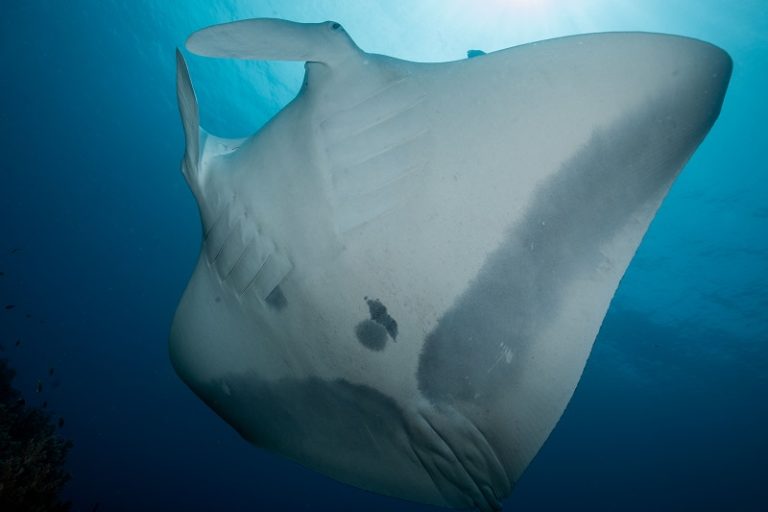
Increased efforts to research the Manta populations and ecology have begun since the legislative changes have come into force. Coinciding with the legislative change, a 10 month study of Mantas in four regions of Indonesia was conducted from September 2014 to June 2015. The seas of study included Bali, East Kalimantan – and also two of La Galigo’s favoured diving regions Komodo National Park and Raja Ampat National Park. Both reef and oceanic Manta’s where included in the study.
The study tracked the movements of Mantas and found that they where moving to and from both important feeding/breeding areas in the national parks, past some traditionally dangerous hunting grounds where they were recently fished . These hunting grounds include the southern areas of Lombok and Sumbawa.
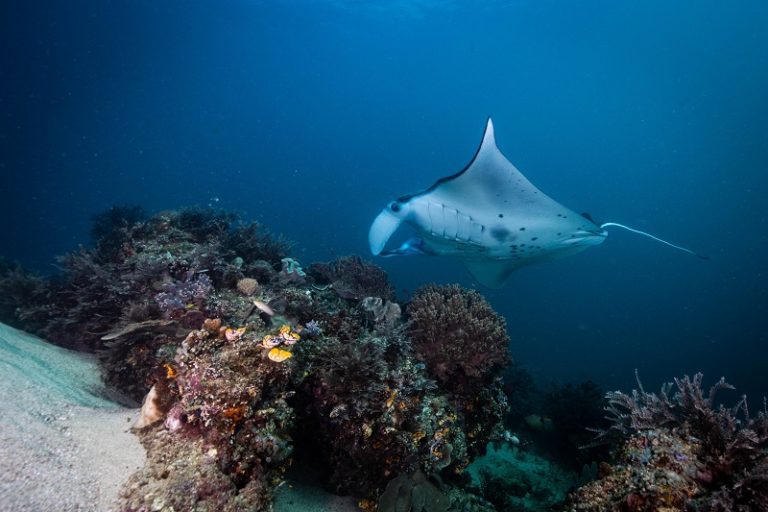
Slow Growth and Reproduction
Manta’s have a slow growth and reproduction cycle. Mantas take eight to ten years to mature, then only give birth to a single pup every two to five years after a twelve month gestation period. In this way, Mantas are more like humans than most fish, and in fact Mantas have the largest brain to body mass ratio of any fish, and are believed to be able to recognise individual divers by site.
One of our favourite places in Raja Ampat is in the north at a spot called Wayag Lagoon, situated right at the base of Mount Pindito. During the 2014 – 2015 study, it was found that Wayag Lagoon is being used by Reef Mantas, as a primary nursery and pupping ground. The juvenile Mantas will take short trips to the surrounding deeper waters of the area, but then return to the safety of the shallow waters in the lagoon.
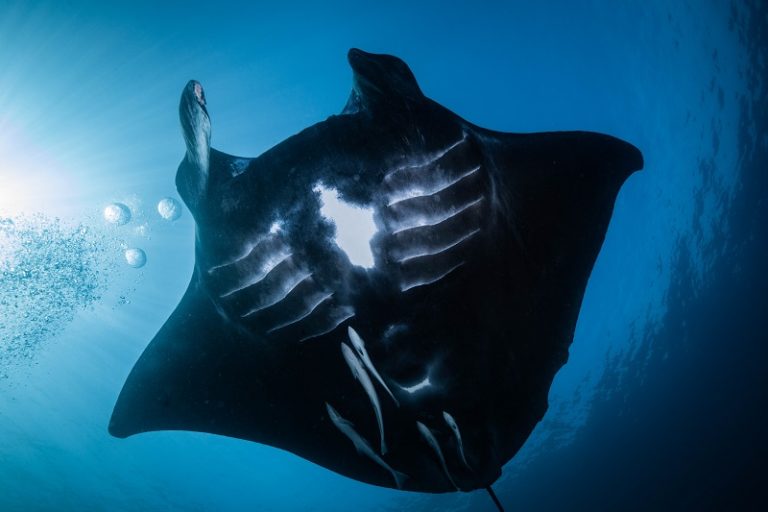
You can see Wayag Lagoon on any La Galigo Liveaboard “Raja Ampat North” or “Ultimate Raja” itinerary from October to April every year. Book now if you would like to book a once in a lifetime scuba diving liveaboard experience, and witness the beauty of the Manta ray first hand.
is One Click Away
Scuba diving, Snorkeling or just leisure? We got you.
Contact us today to turn your dream into reality. Let’s go!

